Many tanks: Command & Conquer turns free-to-play
Can Frostbite 2 and a new business model return the tank rush to its former glory?
On the loading screen, the general's face is fleshy, heavy-lidded and gently comic. It gives you pause. Everyone knows Command & Conquer's going free-to-play; is it possible it's going casual, too?
Five minutes later the answer is clear. I've booted up a PvE map and I'm dreamily looking through my base-building options - oil derricks, barracks, something that looks like a futuristic mini-mall. This stuff gives you pause, too. Undue pause in my case: as I'm laying out a few structures with no particular plan in mind, the enemy turns up, fully-armed, and then burns everything to the ground.
There isn't a lot of it to burn, actually; it doesn't even take very long. When it's done, I stare at my poor harvester choppers, twitching neurotically in the sky as they hover, impotently, above smoking delivery zones. "Oh dear," says Tim Morten, Victory Games' senior development director, trying not to laugh. "They've stormed your base." He bows his head politely. "At least now you know the right build order?"
Actually, Tim, all this proves is that I know the wrong build order, but no matter: we have sufficient evidence that Command & Conquer is not going casual. That much is obvious even when - for the moment - it's hard to tell precisely how the free-to-play stuff is going to pan out.

On this front, presentation slides suggest a choice of "grind or buy" when it comes to progression and unlocks. Honest, at least. Expect gold and XP boosters, for example, along with new generals, new maps, and probably a bit of customisation thrown on top. EA's trying to be delicate, however. "The truth is that we didn't start with a particular business model in mind," explains Morten as my final stragglers crumble under enemy fire. "We spent a great deal of the time at the outset of the project just thinking about how to make the game fun. Part of that was happenstance, but it did turn out to be really beneficial to us. It means that we haven't had to compromise the design in any way. It's more about the challenge now of thinking what makes sense to charge for rather than changing the game itself."
Doesn't that actually make the whole process trickier? "It's absolutely a challenge," Morten admits. "The first thing we started out with is a sensitivity to not creating a pay-to-win scenario, and we really feel that matchmaking is the key to preventing that. Even if we do allow players a shortcut to getting content, we never expose players who don't have comparably levelled content to them. You can get content by grinding or by purchasing, but as long as you're up against someone who's got the same experience level, the same potency level to their units, it's fair."
The balancing of all that will be one of the most interesting questions come launch time. For now, at least, Morten's game looks like Command & Conquer and plays like Command & Conquer - Command & Conquer: Generals, to be precise. It's the near-ish future and Earth is a series of scarred, tumbledown landscapes spread across some compact, rather dusty maps. Load up the game through Origin, choose a faction, build a base, and tear stuff to pieces with your toys.

The maps shown so far tend to be fairly tightly focused and symmetrical, and they're uncommonly detailed, too: everywhere you look there are tanks rumbling through the underbrush and explosions lighting up the broken concrete and gravel. The whole thing's powered by Frostbite 2, so there's no real surprise that it looks spectacular, and although the underlying terrain isn't deformable (yet, at least - Victory's still picking over the various pathfinding problems that would pose) structures most definitely are. Expect plenty of pretty fireballs as you advance across no-man's land, skudding from one hectic encounter to the next, garrisoning one building and then another and watching as the enemy shreds them.
After the experimentation of Tiberian Twilight, the old C&C pace is back, too. Within a few minutes of venturing onto a new map as the EU army, for example, you should have a base coming together with command centres forming a decent hub, a war factory to spit out vehicles and barracks to spit out infantry. Borders need to be studded with defensive cannons and oil slicks need derricks placed on top. Construction animations are still wonderfully dinky, wonderfully busy, and pretty soon your HQ will be a stately mess of rally points and build radiuses, while dozers whistle around setting new plans in place.
Powering everything, of course, are three factions, the Asian Pacific Alliance, the European Union, and the Global Liberation Army. They're carefully asymmetrical, with the ALA focused on massive numbers of units that are fast to produce, while the GLA's scrappy and under-funded and has to rely on stealth and finesse. The EU, meanwhile, is all high technology: a good way of easing new players into the game while giving them some exotic toys to play around with early on. Each faction has its own relationship with the game's two resources, oil and supplies, that even comes down to how they're gathered, and there should be plenty of scope for specialisation as you explore their branching tech trees.
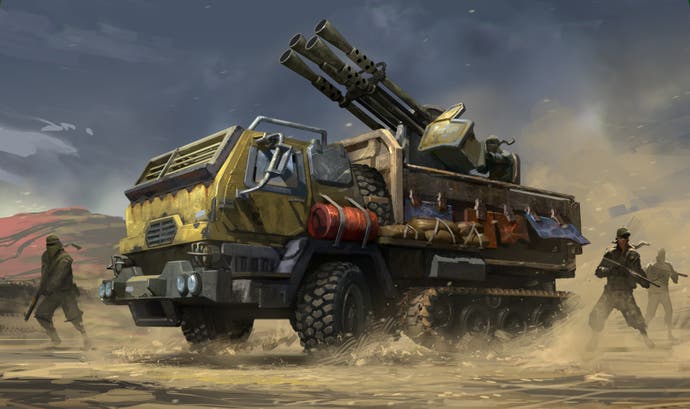
Since it's a Generals game, sub-faction generals are all part of the fun too, allowing you to buy or unlock different characters for each army. "They have special units," explains Morten, "and in our case they add player powers and staff modifiers: they're tailored to a very specific style. You can find the general that best suits your style of gameplay. Air power, lasers, nukes, stealth - these are different types of generals, and I think we have a never-ending supply of ideas and things to do with the generals. They also have very unique personalities, which come forth through taunts, threats, and custom visuals the players will be able to apply."
There will be four game modes at launch, covering deathmatch, a capture the flag variant tentatively called Dominion, and a co-op wave-based mode that sounds a lot like Horde. Controversially, single-player fans will have to make do with one-off PvE skirmishes: there's no story campaign yet, although, since this is a live service, that may be added at a later date. "This model's such a paradigm shift," admits Morten. "I can't really overemphasise the change. The big thing is that now we don't try to get all the features in from the beginning, we try to get a subset to a high degree of polish and then iterate. So the day we launch, nobody goes on vacation - that's our busiest day. We really hope that this will last for years, if not decades, where the live team really works to deliver new maps, new generals, new game modes. Things we haven't even thought of just yet."
As much as it feels like Command & Conquer, in other words, it's still a departure for the series. A new business model, a new developer, and a new engine. On this last front, at least, Victory seems pretty confident, "As far as I know, this is the first time a first-person engine has been adapted to run a third-person real-time strategy game," says Morten. "Of course that brings with it a great deal of detail in terms of geometry and in terms of textures, but it also brings network advantages in terms of the full-client server. No more being gated by the slowest connection, no more susceptibility to cheating."
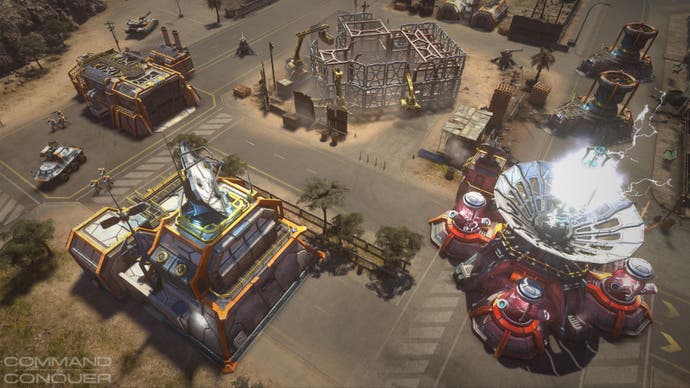
And what about eSports? "One of the things about eSports is that you don't necessarily pick them, they pick you," laughs Morten. "We're very hopeful that what we're building will appeal to that audience, and we have plans to add moderation features, tournament features, spectator modes, that will really help appeal to that audience. We're talking about maybe creating modes where there are no bumps to levels: levels where it's purely about player skill. But they really have to come to us."
Despite the unknowns - and despite a brilliant and entrenched rival with a big sequel on the way - Morten seems fairly confident. That said, it doesn't seem like a million years since I was at EA LA, watching similarly confident presentations for C&C 4, either, and that game struggled to deal with a PC landscape that was already starting to shift. If the new Command & Conquer's learned a lesson, hopefully, it's learned that it needs to be quick and reactive without sacrificing internal stability. EA needs to commit. Hey! That approach sounds familiar, actually. Maybe building an RTS these days is a bit like playing one, too.
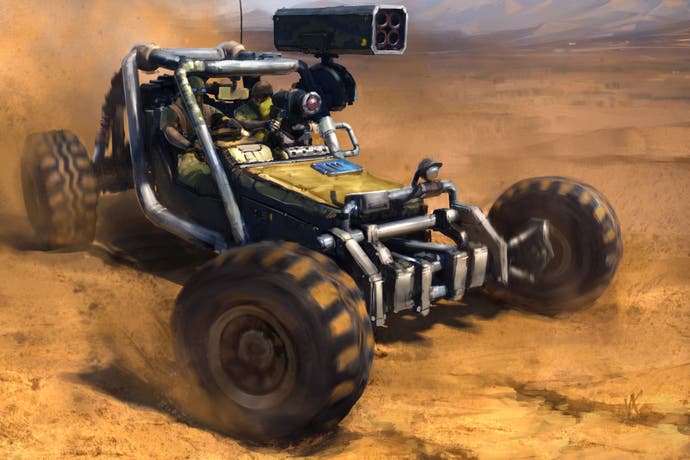


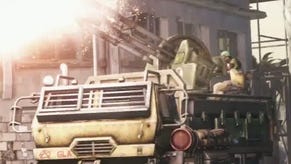
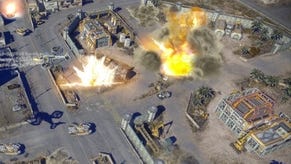
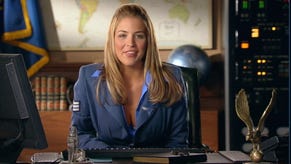

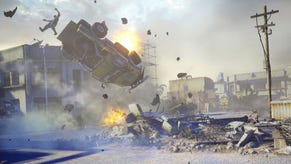

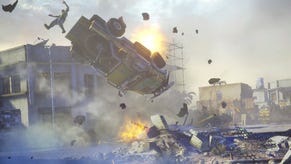



.png?width=291&height=164&fit=crop&quality=80&format=jpg&auto=webp)



